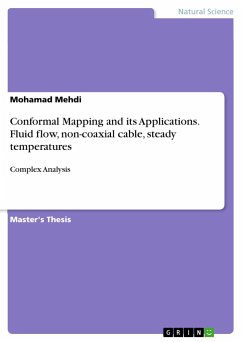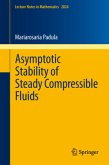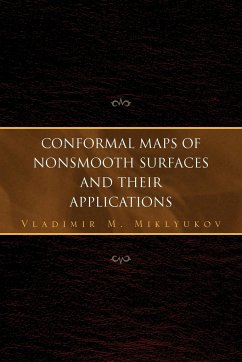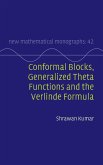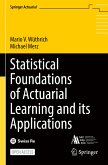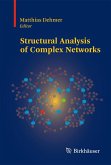Master's Thesis from the year 2017 in the subject Mathematics - Miscellaneous, grade: A, University of Notre Dame, language: English, abstract: Complex analysis, commonly known as the theory of functions of a complex variable, is one of the important branches of classical mathematics. Not only it is useful in several mathematical branches such as algebraic geometry, number theory, analytic combinatorics and applied mathematics, but also proved to be highly valuable in physics including hydrodynamics and thermodynamics, and in engineeringfields such as nuclear, aerospace, mechanical and electrical engineering. One important application of complex analysis is in the string theory, which studies conformal invariants in quantumfield theory. Applying analytic methods to partial differential equations allows researchers to study the evolution of a system that is changing in manner governed by precise constraints which may be used to represent many important problems in physical world, relating for example diffusion of heat, fluid flows or quantum mechanics. Euler, Gauss, Riemann, Cauchy and Weierstrass are all well acknowledged mathematicians who worked extensively on complex analysis.Conformal mapping is an important technique used in complex analysis and has many applications in different physical situations. It is a mapping that preserves oriented angles locally, allowing it to be efficiently implemented in creating solutions to the Laplace equation on complicated planar domains. This can be used to simplify regions with complicated shapes by preserving certain physical aspects and maintaining smallscaled shapes. In other words, the technique of a conformal mapping is to transpose a problem from a complicated region to a simpler domain, whereby it would be easier to solve; then to be able to translate the solution to the original problem by using the inverse of a conformal mapping to map back to the complicated region. Moreover, the crucial point is that an analytic-mapping requires only a non-vanishing derivative to be conformal and then to be able to simplify a governing and rather complicated principle.
Hinweis: Dieser Artikel kann nur an eine deutsche Lieferadresse ausgeliefert werden.
Hinweis: Dieser Artikel kann nur an eine deutsche Lieferadresse ausgeliefert werden.

